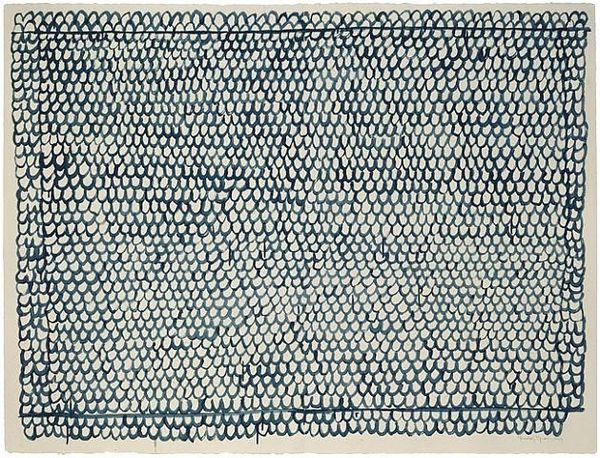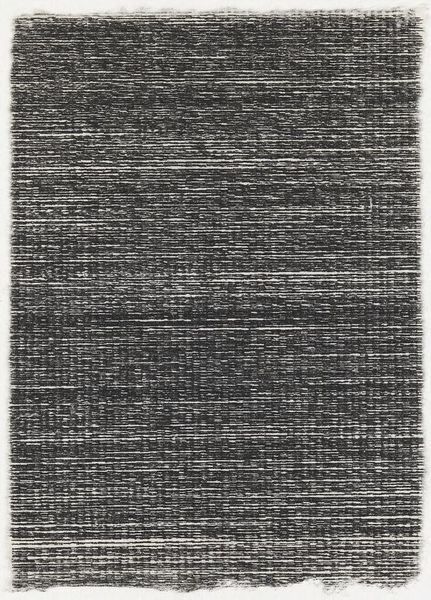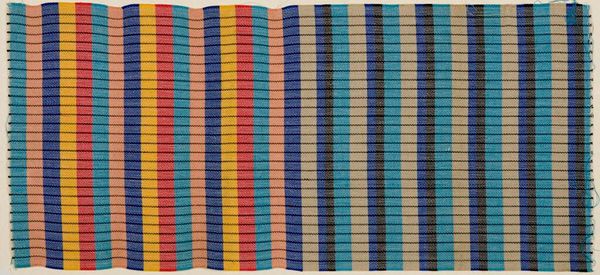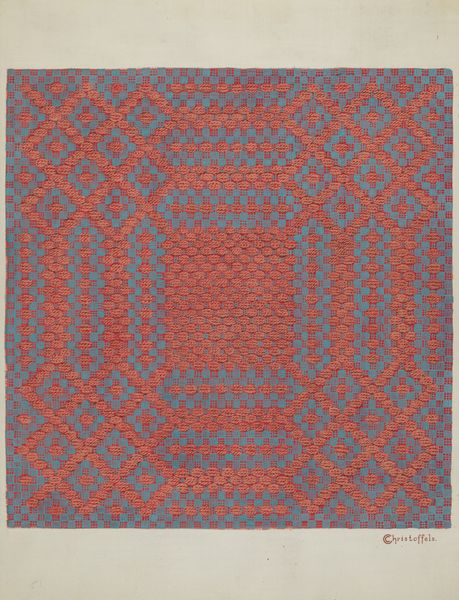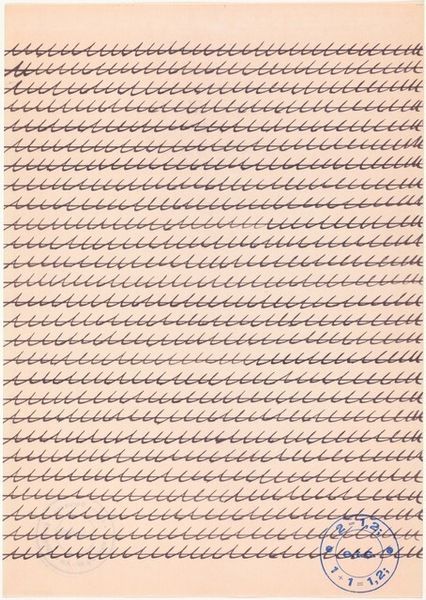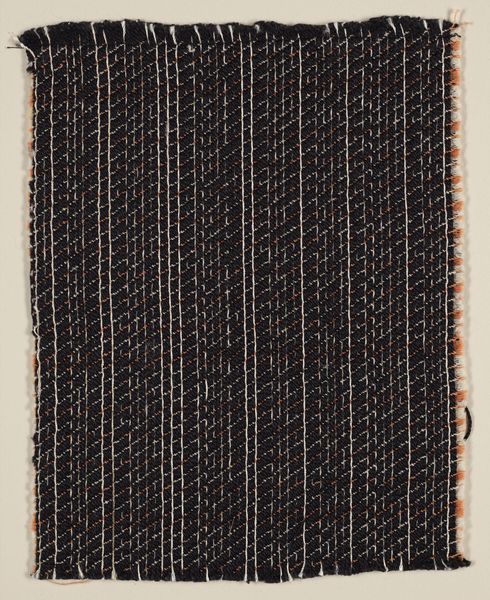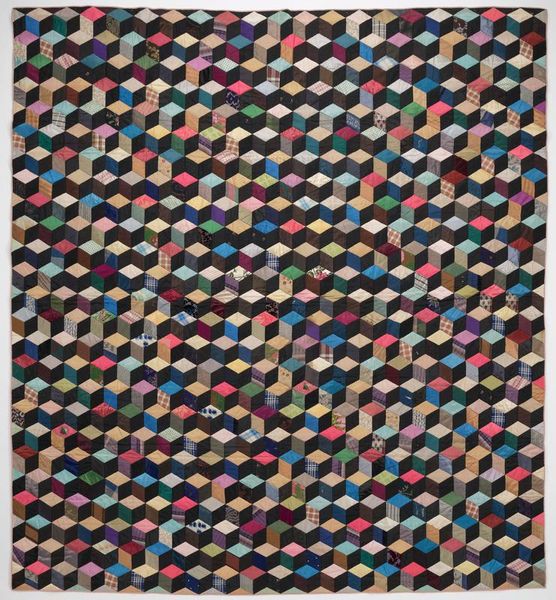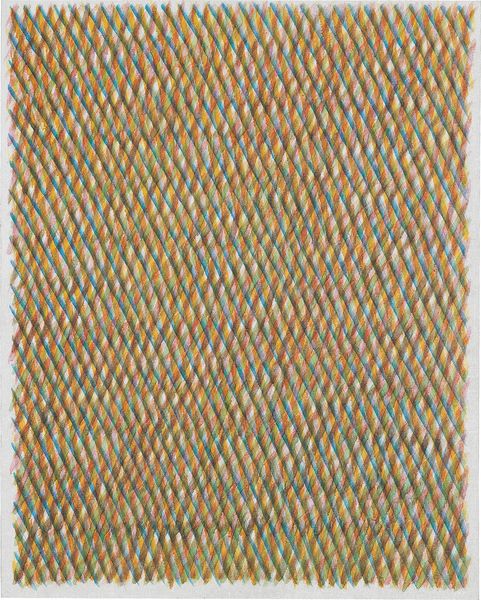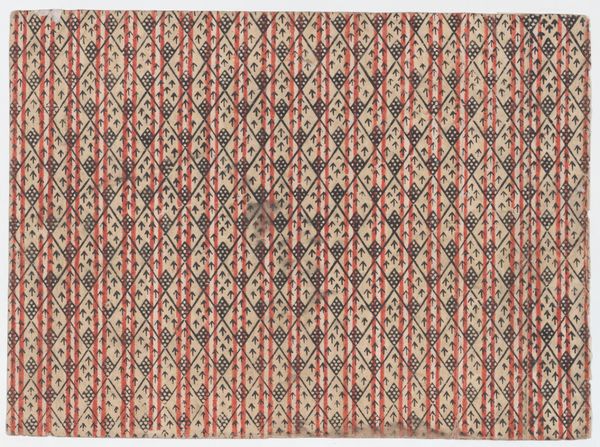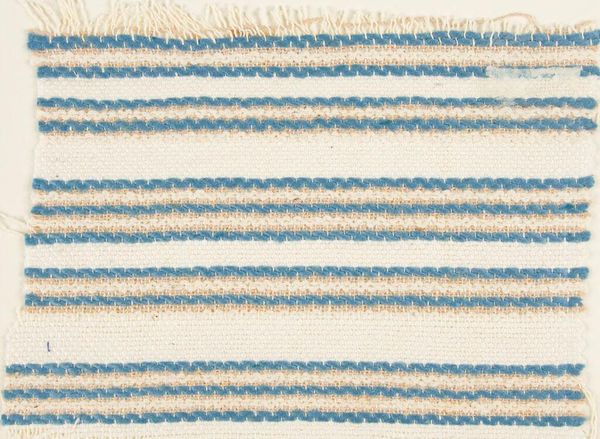
silk, weaving, textile, cotton
#
silk
#
weaving
#
textile
#
cotton
#
islamic-art
Dimensions: 45 x 27 in. (114.3 x 68.58 cm)
Copyright: Public Domain
Editor: So, this is "Mushru cloth" from the late 17th to early 18th century, weaved with cotton and silk. It's really captivating; the repetition of lines creates an almost mesmerizing rhythm. What strikes you when you look at this piece? Curator: Immediately, I consider the labor and production tied to this textile. We need to investigate the social context and material conditions behind it. The weaving of cotton and silk—where did these materials originate? Who were the weavers, and what was their social standing? Editor: That’s interesting! I hadn’t thought about that side of things. Curator: This wasn't just art for art's sake. Think about the Pattern and Decoration movement and how it challenged the traditional hierarchy separating "high art" from "craft." What needs or social rituals did the piece fulfill, and in what environments would this be encountered or used? Were they made in workshops, homes, or via some type of piece-work arrangement? And the Islamic art influence—how does this relate to the global trade networks and consumption patterns of that time? Editor: You’ve given me a lot to think about! I was focusing solely on the visual. The materiality really underscores its role in society, connecting its makers and users. Curator: Precisely. By examining the materials, labor, and social context, we understand its complexities and challenge established notions of art and artistic production. Editor: I’ll definitely look at textiles differently now, focusing more on their production and how they reflect societal values. Thank you! Curator: A close examination of materials always enriches our understanding and provides critical perspectives.
Comments
No comments
Be the first to comment and join the conversation on the ultimate creative platform.



